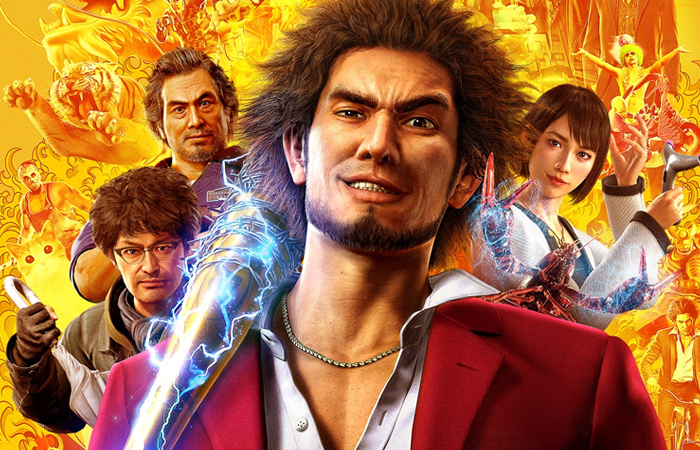
Yakuza: Like a Dragon - Review
April 1st, 2019. As their annual April Fool’s gag, RGG Studio released a mockup of a turn based game for the Yakuza series. But it was just an April Fool’s joke, right?
Except, it wasn’t.
Later on, series Executive Producer and creator Toshihiro Nagoshi said that the positive reaction to the video made them change their minds, and make the next Yakuza game turn based. And, thus, what was supposed to be only an April Fool’s joke turned into the next full fledged entry of the Yakuza series, Ryu Ga Gotoku 7, also known as Yakuza: Like a Dragon in the West.
The following review aims to be as spoiler-free as possible, but be advised some spoilers may be there for context in the analysis. Read at your own discretion.
Story Summary
The game story begins in late 2000, right before the start of the new millenium. The main character, Ichiban Kasuga, is asked by Masumi Arakawa, to take the blame for a murder commited by the family’s captain, which he promptly accepts, for his boss’ own good.

When he is released from prison 18 years later, however, Ichiban finds himself abandoned by the ones he took the fall for. Trying to understand what happened while he was away, Kasuga is led to Kamurocho, where he looks for Arakawa-san, only to be shot on sight. Ichiban wakes up days later in Yokohama, where his journey for answers truly begins.
Graphics and Technical Aspects
Most of the time, the game looks good graphically. This is the fourth game made in the Dragon Engine, and it shows its power. Seamless transition between places, realistic materials and high resolution models. Textures, however, are a bit too low-res at times, which contrasts with how good the rest of the game looks in comparison. The load screens are fast on the PC port, even without an SSD - so fast I can barely read the text most of the time. There’s also near-perfect ultrawide support, with side bars during cutscenes. The PC port has also support for keyboard, Xbox and PS4 controller prompts during gameplay, with instant swapping between them.

Voice Acting
Like a Dragon is also the third RGG Studio game that received English voice acting in recent years, following Fist of The North Star: Lost Paradise and Judgment. Also like Judgment, Yakuza: Like a Dragon received FIGS subtitles, with Brazilian Portuguese and Russian translations scheduled to be added, for the first time in the series, as additional languages on a future update. As far as the voice acting goes, Ichiban, voiced in English by Kaiji Tang, sounds natural. The actor was a good choice and fits the character well. Another notable mention would be Arakawa, with George Takei setting a mysterious tone and adding depth to the character right from the start. Greg Chun, who voiced Yagami on Judgment, comes back as Namba. Darryl Kurylo is once again the voice behind Kiryu, making the first comeback to the series since the very first Yakuza game, released in the West all the way back in 2006 - in 2018, we interviewed him about his work in the game, where he reminisces about the process and tells us how he still felt connected to the character, after all these years.
Gameplay Features & Side Content
One of the new gameplay features added to Like a Dragon when compared to older games are the personality traits. You can level these traits during side quests, events, minigames and other activities, and they affect gameplay and effectiveness of certain Ichiban battle skills.
Ichiban is a huge fan of games, like the Dragon Quest series, and this is referenced in many places in the game. Whenever someone joins the party, you hear a tune like in the old JRPGs. 8-bit sprites of the chars in your party(after you get your first extra char) will appear in loading screens. The enemies ‘transform’ from their appearances outside the battle into what you fight with - same goes for the controllable characters - due to Ichiban’s wild ‘imagination’.
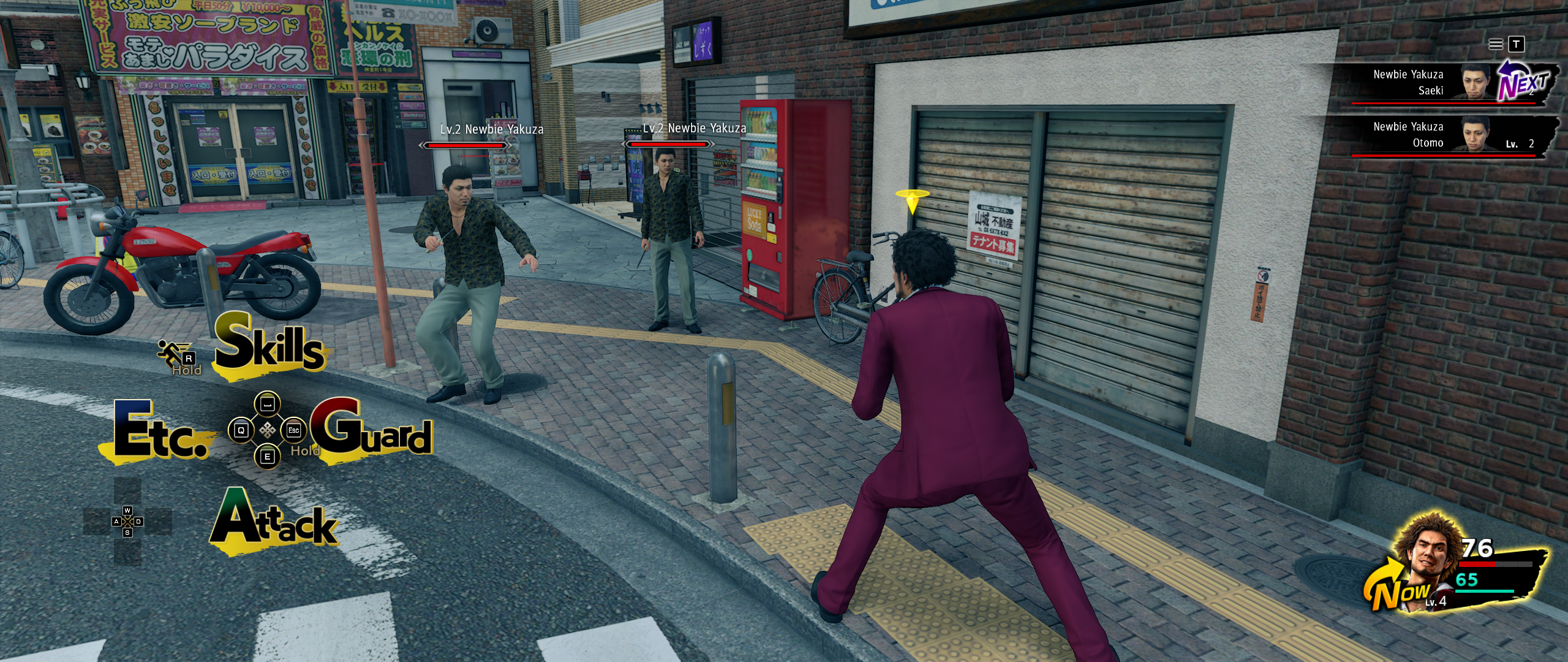
Another addition to the game are the dungeons, being sort of an evolution of the ‘long battles’ from old games. There are repeatable dungeons, and story ones. You cannot save in dungeons, except when you find a save point. You can leave dungeons anytime after you enter them, if you go back to the entrance. Some of the dungeons, like the Yokohama Sewers, are way too long, which got a bit annoying at some point. Also similar to other JRPG games, Yakuza: Like A Dragon has status ailments, recovery items, HP and MP stats, and so on, not to mention a job system that’s reminiscent of classical games, such as the Final Fantasy series.
Yakuza: Like a Dragon brings back several classic minigames of the series, like Karaoke, the cassino boards, Shogi and Mahjong. It’s also the first time since Yakuza 5 that Pachinko machines are featured. The bar minigame, from Yakuza 6, is also back, in the form of the party interaction in the Survive Bar. New minigame additions include the Management minigame, which is similar in concept to the one found in Yakuza 0 but evolved into a simulation game. There’s also Can Quest, a minigame where Ichiban has to collect cans, before enemies or junk trucks do it. Cans can be exchanged or a variety of goodies, from equipment to money to growth items, to level your jobs. Last but not least, we also have the Dragon Kart, a racing minigame.
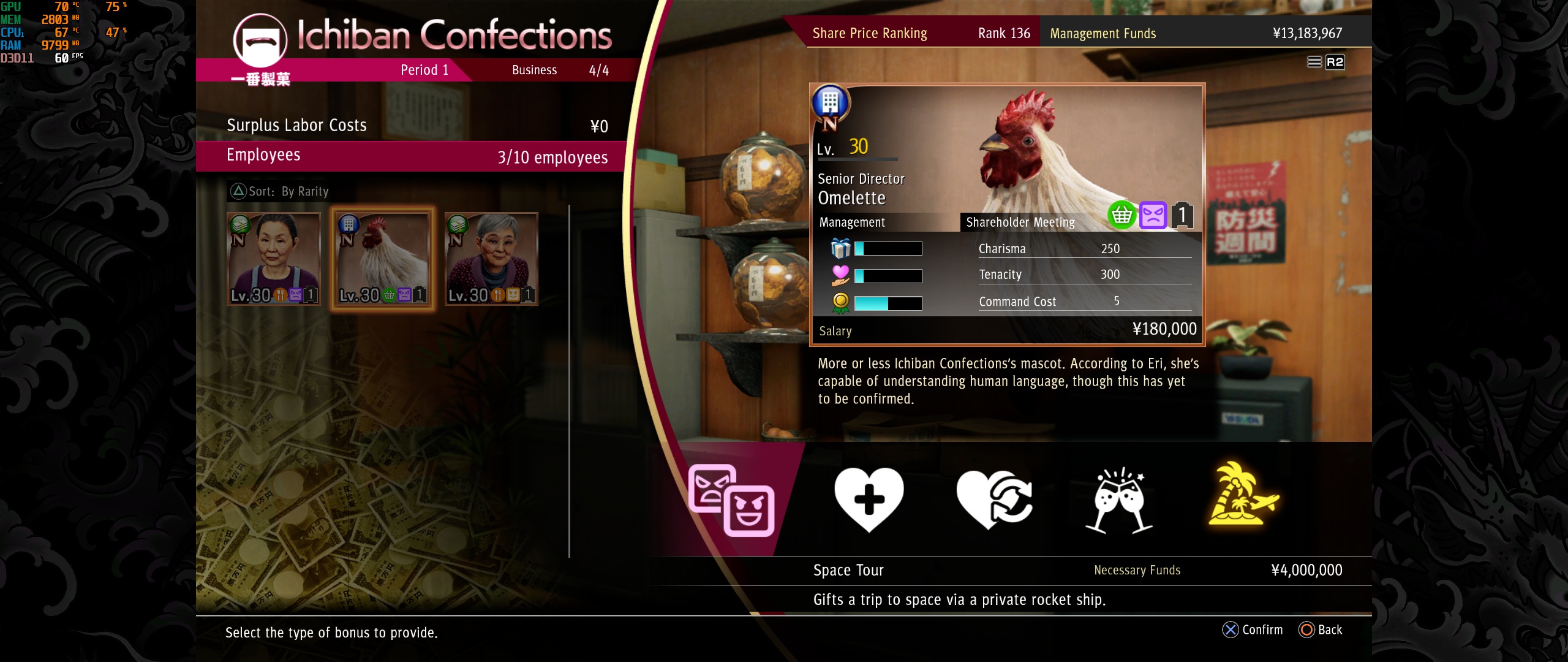
The game, as any other in the Yakuza series, features 50 side stories around the city of Yokohama. There’s no side stories to be completed in Kamurocho or Sotembori. In Yokohama, we also have the Part Time Hero missions, usually related to defeating some enemies, completing general tasks or turning items in.
When it comes to bosses, the cinematic battles that the series are known for are still a thing, and, due to the turn based nature of the game, feel even more natural. And, while we can’t control the characters movement, as this is a turn based game, it’s interesting how they use environmental weapons automatically in place of their auto attacks, if there’s anything nearby. The game also has ‘follow-up attacks’: party members may automatically follow up and do a ‘free’ physical attack if you hit an enemy close to them.
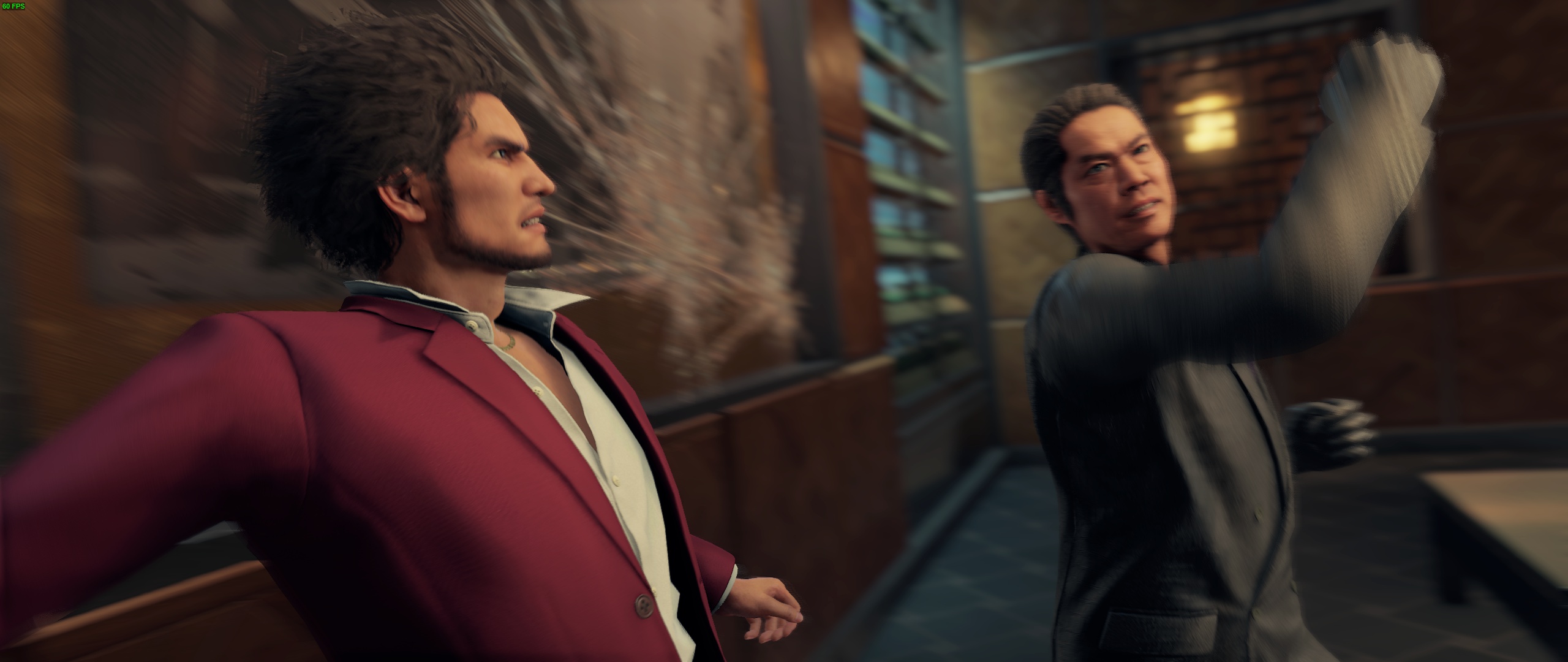
One small grip that I have with the battle gameplay: Characters need to move on the battle area after you issue a command to execute said command if it’s, for example, a melee action or attack. While this is interesting in theory, it has some issues in practice as they run in a straight line. If you are attacking an enemy far away, and there’s another enemy right in front of you, in the way, your attack will get interrupted by said enemies. This seems to be by design. Keep in mind you can’t move the characters freely, so I frequently found myself in a situation where I had to attack an enemy, I knew another enemy in my path would get in the way, but there was not much I could do. Enemies are still able to move in the arena during our turn, so one way to prevent that was to wait until there’s no one blocking the path, but it didn’t always work.
Environment
The game features tons of collectables, as is expected of a Yakuza game, like Tojo Clan badges, silver and gold lockers that you can find both in dungeons and the open world, bugs and crafting materials. You also have a ‘bestiary’, common feature in classic RPG games, in the form of Sujimons - our enemies are called Sujimons, in Yakuza like a Dragon, and Ichiban is tasked with ‘catching’ them all (pun intended).
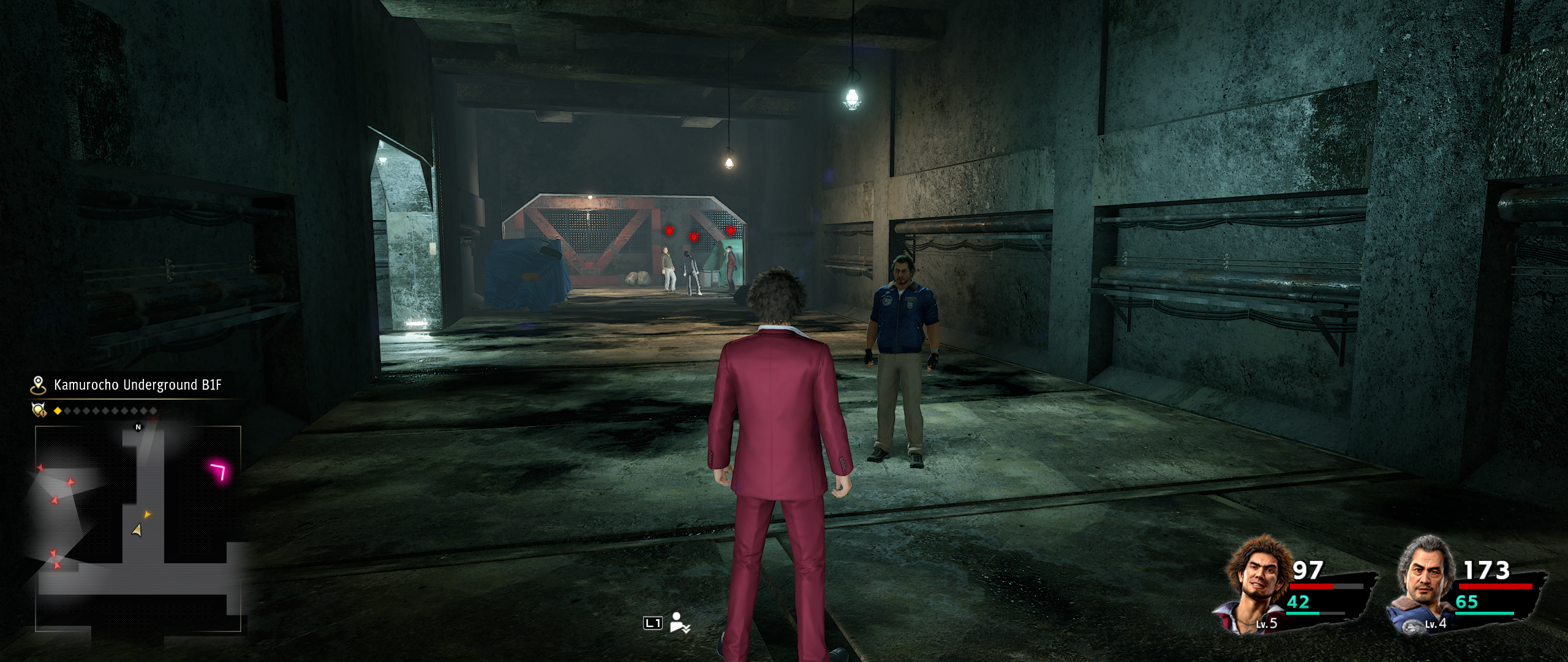
Differently from old games, as well as other cities in this one, we need to explore the city of Yokohama and interact with cabs to unlock them - taxis in Kamurocho and Sotembori, however, are unlocked from the go. They had great attention to detail, as well, when it comes to the cities themselves. Kamurocho changed quite a bit since the year 2000, when the first chapter of Like a Dragon takes place. You notice a lot of differences between then and the version of the city in Judgment, Yakuza 6 and later chapters of LaD itself. For example, you can see the Millennium Tower being constructed, Clube Debolah is still there, Little Asia is still in place, Shangrila, being a fundamental part of Ichiban’s past, is still in working condition, as well as other small details.
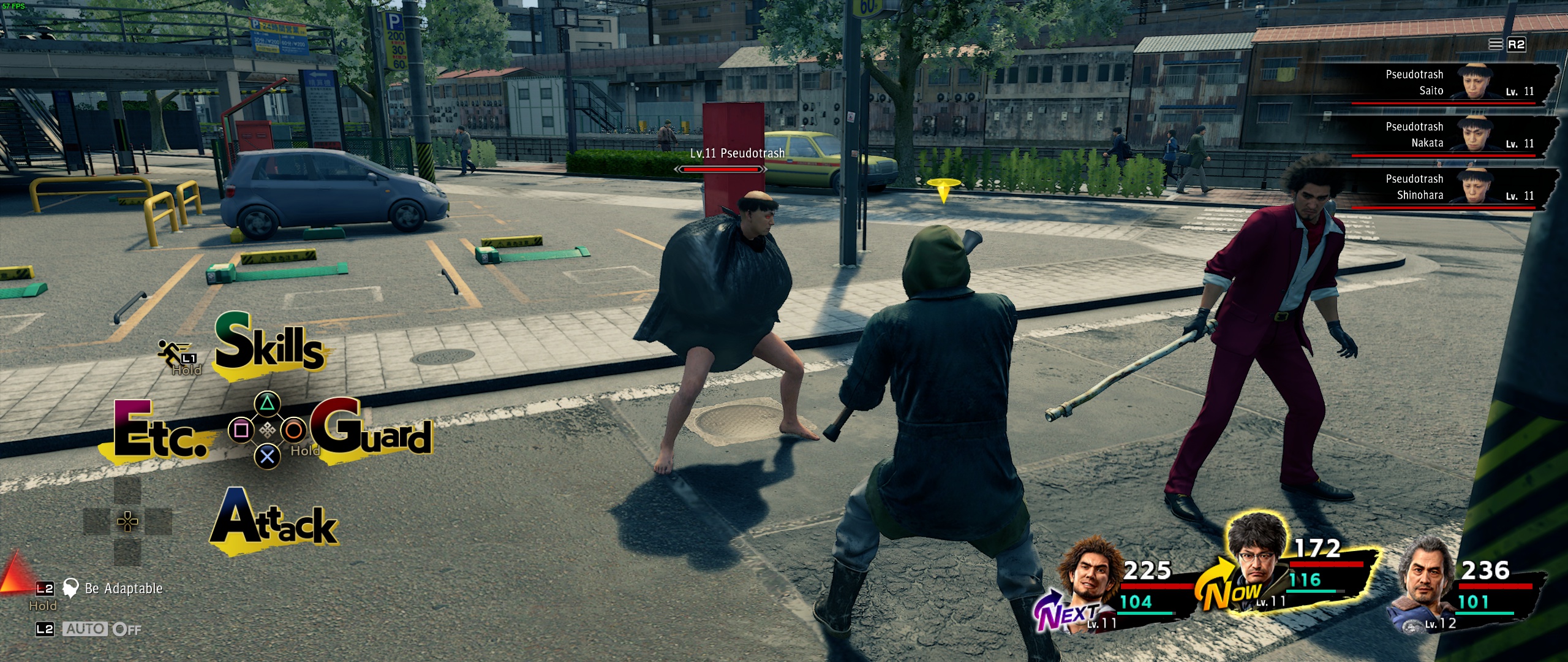
Another thing that should be pointed out is how well the party works together. The party banter adds a lot to the characters, and make them extremely charming, for example when they talk in events throughout the city - similarly to the skits from the ‘Trails of’ series - like when Ichi finds something interesting on the ground… and it turns out to be just a pretty bug that brought up a heart-whelming interaction.
Verdict
Yakuza: Like a Dragon was a huge bet. RGG Studio risked big by introducing a new gameplay style and a new protagonist in the same game. Did it pay off, though? It did. The game is a needed refreshing take on the Yakuza formula, and one of the best games of the series to this day. The game has a lot of soul, and the characters are endearing.
It’s also exciting to see where they will take the series from here, on the story, gameplay and franchise development as a whole. Will they bring a new action game next? Will they develop the turn based style further? What additions could and should come to the turn based style, if it’s keeped?

This game comes as the series is on the top of its momentum, especially overseas - this is the first mainline game with dual audio since the original game, as well as FIGS subtitles, besides the multiplatform simultaneous release in the West. SEGA is betting big on Yakuza, and with them gearing up for worldwide simultaneous releases, on several platforms, that bet is about to get even bigger.
Disclaimer: Reviewed the Steam/PC version using a review code provided by the publisher.